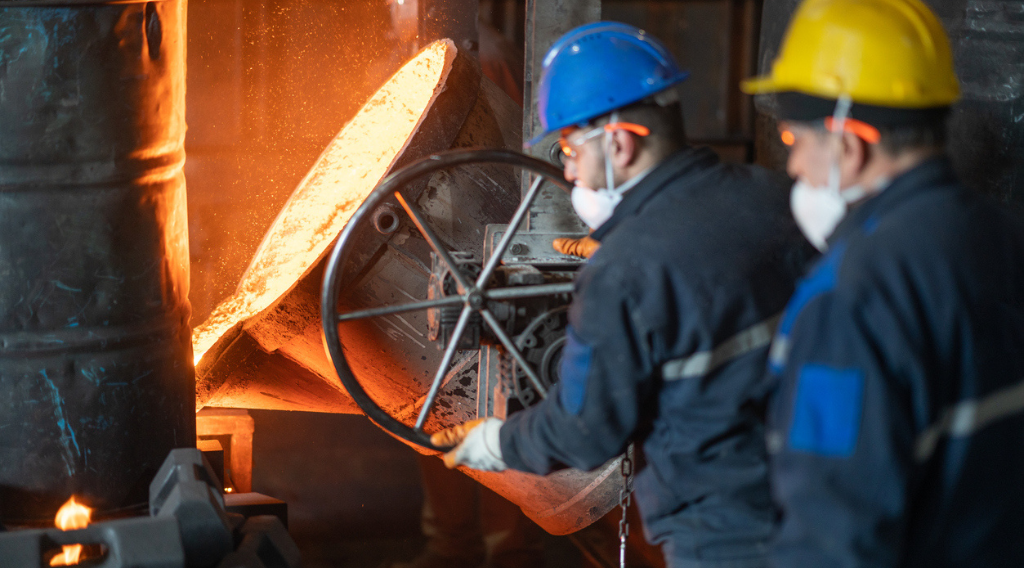 Rising energy prices, increasing dependence on imported energy, growth in domestic and global demand for energy, and mounting concern over how to address climate change while sustaining and enhancing economic growth and job creation pose serious challenges to the Midwest’s energy future. As Midwestern leaders, we recognize our region’s obligation to provide leadership on these challenges, and the clear benefits of cooperating regionally to meet them.
Rising energy prices, increasing dependence on imported energy, growth in domestic and global demand for energy, and mounting concern over how to address climate change while sustaining and enhancing economic growth and job creation pose serious challenges to the Midwest’s energy future. As Midwestern leaders, we recognize our region’s obligation to provide leadership on these challenges, and the clear benefits of cooperating regionally to meet them.
To satisfy the energy needs of a rapidly growing world population, while significantly reducing carbon dioxide (CO2) and other greenhouse gas (GHG) emissions, we must by mid-century produce twice as much low-carbon energy globally as all energy consumed in the world today. It will also require dramatic efficiency improvements in buildings, transportation, and technology and new production from every renewable and lower-carbon fossil energy resource and technology we can muster.
Midwestern states and our Canadian provincial partners can lead this global transition and prosper economically by manufacturing and exporting next-generation energy technologies and supplying lower-carbon energy. The U.S. Midwest depends heavily on electricity generated by traditional coal-fired plants and on largely imported petroleum to fuel our agricultural, transportation and industrial sectors, all of which presently represent major sources of GHG emissions. However, because of our vast base of energy resources, ingenuity and manufacturing prowess, the Midwest has the greatest potential of any region in North America to transform our present energy vulnerabilities into advantages. Through policy approaches adapted to the different needs of our individual jurisdictions, we will use these advantages to meet our region’s energy security and climate stewardship challenges.
We have only begun to tap the world-class biomass, wind and other renewable energy potential that the farm belt and Great Lakes regions have to provide North America with home-grown energy. Our region’s large and secure reserves of coal lie in close proximity to geologic reservoirs for permanent storage of CO2, including partially depleted oil fields suitable for enhanced oil and gas recovery. Midwestern states are national leaders in energy efficiency, which is a critical component in reducing energy demand and keeping electricity costs affordable. Midwestern state universities are already national and world leaders in research exploring energy frontiers and in developing solutions for our energy future. Hundreds of Midwestern inventors and entrepreneurs, designers, architects, engineers and builders are hard at work designing and bringing to market a broad range of technologies needed to propel the transition to the world’s low-carbon energy future. Lastly, we can build on strong relations with interested Canadian provinces to further develop transmission and clean renewable energy sources.
It takes a long time to influence the overall direction of the energy system. Power plants, biorefineries, wind farms and other energy production facilities and infrastructure will require major investments that will last 25 to 50 years and more. We need policies and programs in place now to encourage innovation and reinvention when energy infrastructure is replaced, upgraded or expanded in the future. We will aid in the transition through market-based deployment of new technologies and programs, thoughtful, far-sighted policy design and the prudent dedication of public resources and incentives. Through this transition, in addition to reducing GHG emissions our states will spur investment, create new jobs, and protect customers by stabilizing energy prices.
We have gathered at this Energy Summit to demonstrate our commitment to this long-term transition to a lower-carbon energy economy. Through the Midwestern Governors Association (MGA), we have brought together leaders from industry, agriculture, nongovernmental organizations, and the public sector to gather their ideas and collective wisdom in crafting goals, policy recommendations and practical cooperative initiatives to be undertaken jointly by our states. The Energy Security and Climate Stewardship Platform we announce today draws on that input and outlines a strategic blueprint and action plan to guide future development of the Midwest’s energy economy.


